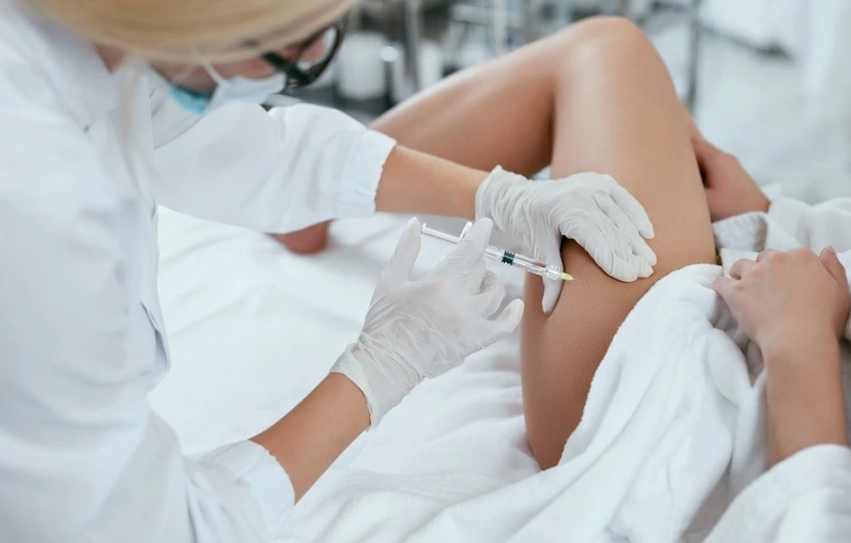How gas and injections are connected, what carboxytherapy is, the indications and contraindications of this method will be analyzed in detail. And at the same time we will tell you whether it is possible to carry out the procedure without injections.
For the first time this technique began to be used in the sanatoriums of Europe in the middle of the 20th century. Then they forgot about it for a while, but in the 21st century it returns again. Let's talk about carboxytherapy, gas injections for the back, neck, joints and more. The technique used is very broad. But is it suitable for everyone?
How it works
These injections are called gas injections because carbon dioxide (CO2) serves as the raw material for injecting the patient, it is purified and absolutely safe. The introduction is carried out using a special device and small needles. Under its influence, there is an expansion of blood vessels, saturation of tissues with oxygen, acceleration of blood flow, metabolic processes, the activity of nerve endings improves. This leads to a reduction in pain , relief of spasms in the affected parts of the body. Fat deposits are broken down, the elimination of toxins is accelerated
The procedure is carried out in a course: from 4 to 10 sessions. Their number is determined by the doctor depending on the complexity of the disease. The effect can be seen both immediately after the first session, and after 2-3.
The frequency of procedures is 1-3 times a week. After the course, it is recommended to carry out supporting sessions - 2-4 times every six months.
Carboxytherapy: testimony
- The procedure helps to improve blood circulation, speed up blood flow, lymph flow
- Provides oxygen to blood and tissues
- Promotes relaxation of smooth and skeletal muscles
- Carboxytherapy is very often used for hernia of the spine, helping to remove congestion
- The technique helps to expand blood vessels, eliminate spasms
- Carboxytherapy of the cervical-collar zone relaxes muscles, relieves pain
- With osteochondrosis, this method helps to heal joints.
Contraindications
Carboxytherapy for beauty
- Sagging skin. By activating collagen production, carboxytherapy gives a rejuvenating effect . You can notice it on changes in the oval of the face, cheeks, neck after 2 sessions (depending on the complexity of the situation), for the arms or legs it will take more - up to 10.
- Circles or bags under the eyes. Injections help to tighten the skin, hide blood vessels, and puffiness disappears.
- Cellulite. If this problem is not yet at the last stage, the technique will help to cope with it., making the body smoother, more elastic.
- Stretch marks. They become almost invisible, and the skin becomes denser.
- Scars, scars. Enriching the skin with oxygen helps to smooth them.
- Brittleness, hair loss. Improved blood circulation will increase the flow of nutrients to the weakened hair follicles, which will give rise to strong, thick hair.
Non-injection carboxytherapy
- even out skin relief;
- reduce pigmentation;
- smooth out wrinkles , increase firmness, elasticity, tighten the oval of the face;
- narrow pores;
- relieve puffiness;
- remove dark circles under the eyes;
- strengthen skin immunity;
- make stretch marks, scars, cellulite invisible;
- stop inflammation;
- reduce body fat.





0 Comments